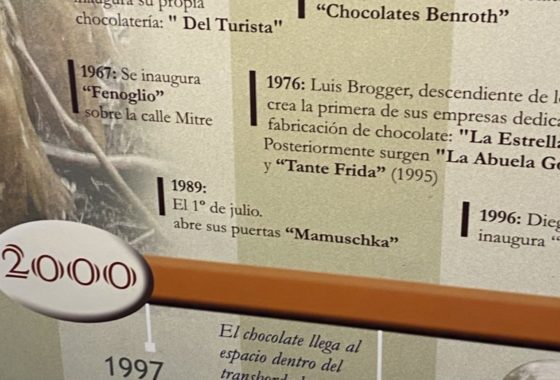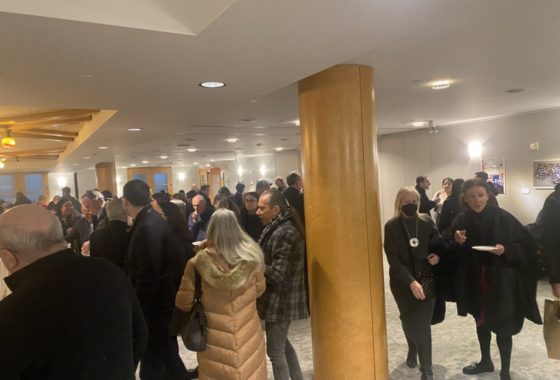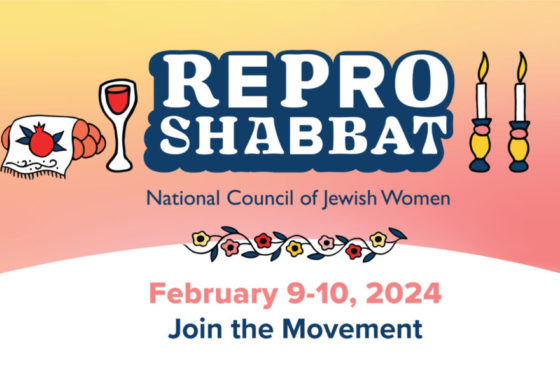Musings about Chocolate and War, July 4
Best selling author Kate Simon’s memoir, Bronx Primitive: Portraits in a Childhood, speaks to the potency of wartime chocolate. Her father preceded the family to America and she records her fantasies about his life in America and her reunion with him there. From grim World War I, Warsaw, Poland, chocolate occupied her young mind as she transported herself out of her deprivation, “as wartime supplies of food diminished to coarse bread and potatoes, my life was filled with images of raisins and chocolate … all waiting for me in a big box called America, which would be mine soon, very soon.” When she, her baby brother and her mother, finally arrived at Ellis Island in 1916, their father met them. Anticipating a long wait as they were processed through immigration, her father sustained himself with a couple of Hershey bars. She recalls that when he finally picked her up in his arms to kiss her, “I tasted the chocolate and announced to my mother, ‘Our father has a sweet mouth.’”
Chocolate smoothed and soothed other refugee and immigrant passages. Overall the story of chocolate 35 years later during World War II spans from deprivation to comfort, from degradation to rescue, from despicable to artful. European Jewish businesses, including a number of Jewish chocolate enterprises in Europe, shut down during the Nazi period. The Nestle Company’s chocolate subsidiary Maggi employed thousands of war prisoners and Jewish slave laborers in its factory in Germany near the Swiss border. For many years it refused to open its Nazi era records. Nazis used chocolate bars to lure Jews onto cattle car trains to concentration camps. German saboteurs designed an exploding chocolate covered thin steel bomb intended to blow up seven seconds after someone broke off a piece.
Chocolate companies accommodated war’s restricted food supplies and the severe rationing of the period by modifying their products. While chocolate businesses and civilians alike were chocolate deprived during the war, the United States military sought to include chocolate in military rations. To satisfy these government orders for chocolate in wartime, companies helped each other out. Chocolate was put to several uses for the varying war efforts.
At the same time, to survive, some Jews used their chocolate skills to advantage and for survival.
Learn more in the forthcoming book: Jews on the Chocolate Trail: Stories of Jews and Cacao to be published by Jewish Lights in 2012.
2 thoughts on “Musings about Chocolate and War, July 4”
Leave a Comment
Recent Posts
-
On the Chocolate Trail in Bariloche, Argentina
In March, Mark and I finally extended our chocolate trail explorations in celebration of our special anniversary to Bariloche…via Miami, Buenos Aires, Ushuaia, Antarctica, and Buenos Aires again. There were international flights, a cruise, a couple of domestic flights to get there. All of the travel was amazing, but Bariloche, sometimes called the chocolate capital
Read more › -
Sunday Yeast Polemics: On the Bread Trail
Leavened bread or not? While some of us may think of Passover, the question applied to Eucharistic bread and created significant division in the early Christian Church. The leavened bread for Sunday use was often baked at home by women. Over time, preferences shifted to clergy, church-produced, breads… and, the Eastern Orthodox Church preferred a
Read more › -
Sweet Treat: Chocolate and the Making of American Jews
You may wonder: how did chocolate help define American Jews? Through chocolate, we see that Jews were part of America since its earliest days. Well, since 1701 at least, Jews in the Colonies made part of their living through chocolate. Several Sephardim, leaders of their New York and Newport Jewish and secular communities, participated in
Read more › -
How About Some Uterus Challah?
When Logan Zinman Gerber felt enraged about the loss of reproductive rights in the U.S., she baked challah. Not any challah. She shaped it into a uterus. It wasn’t long after the birth of her daughter that Gerber, a longtime challah baker and staff member of the Religious Action Center of the Reform movement, considered
Read more ›
Some Previous Posts
(in alphabetical order)
- "Boston Chocolate Party" Q&As with Deborah Kalb
- 2022 Media for The "Boston Chocolate Party"
- A Manhattan synagogue explores the rich, surprising history of Jews and chocolate
- About Rabbi Deborah Prinz
- Baking Prayers into High Holiday Breads
- Boston Chocolate Party
- Digging into Biblical Breads
- Exhibit Opens! Sweet Treat! Chocolate & the Making of American Jews
- For the Easiest Hanukah Doughnuts Ever
- Forthcoming! On the Bread Trail
- Funny Faced Purim Pastries
- Good Riddance Chameitz or, The Polemics of Passover's Leaven
- How About Some Uterus Challah?
- Injera*
- Jewish Heritage Month: Baseball & Chocolate!
- Matzah - But, the Dough Did Rise!
- Plan a Choco-Hanukkah Party: 250th Anniversary Tea Party
- Prayers Into Breads
- To Shape Dough: A Trio of Techniques
Archives
2025
▾- All
2024
▾- January
- February
- March
- May
- July
- All
2023
▾- March
- April
- May
- June
- August
- November
- December
- All
2022
▾- February
- April
- November
- December
- All
2021
▾- March
- April
- October
- November
- All
2020
▾- April
- May
- June
- October
- December
- All
2019
▾- January
- February
- April
- May
- July
- August
- September
- October
- December
- All
2018
▾- February
- March
- April
- May
- July
- September
- October
- November
- December
- All
2017
▾- January
- February
- March
- July
- September
- October
- November
- December
- All
2016
▾- January
- February
- March
- May
- July
- August
- October
- November
- All
2015
▾- January
- February
- March
- May
- June
- July
- September
- November
- All
2014
▾- February
- April
- May
- June
- August
- September
- November
- All
2013
▾- March
- April
- May
- June
- July
- September
- November
- All
2012
▾- January
- February
- March
- April
- September
- October
- November
- December
- All
2011
▾- April
- July
- August
- October
- November
- All
2010
▾- January
- February
- April
- July
- August
- September
- October
- All
2009
▾- January
- June
- July
- August
- October
- All
2008
▾- August
- September
- October
- November
- All
2007
▾- January
- June
- July
- All
2006
▾- November
- December
- All





Deborah,
I am preparing for our 300th anniversary in 2014, and was rereading your lovely article about the Gomez family, the site, etc. from 2009. I would greatly appreciate if you found out more and wrote about Rebecca’s chocolate factory at Ann and Nassau Street back in the day. Also, you seemed quite certain that her husband Mordecai, and other family members were involved in the business as well. Any help –information, references, etc., would be most welcome.
Ruth
Dear Ruth,
Thank you so much for being in touch about this. My forthcoming book On the Chocolate Trail: A Delicious Adventure Connecting Jews, Religions, History, Travel, Rituals and Recipes to the Magic of Cacao will be available in October and may be ordered here.
The book contains a lot of information about the Gomez family. Their family interests in chocolate were unique in that they were multi-generational and that Rebecca actually manufactured chocolate. More to come soon!
Thanks for your interest and congratulations on the 300th Anniversary of the Gomez House.
Best, Debbie